Driving through forests and fields and small towns along Route 36, in the late afternoon. I particularly remembered Dad reading Ernie Pyle's immortal account of "The Death of Captain Waskow." Pyle wrote the article "At The Front Lines in Italy" on January 10, 1944. Here are passages from Pyle's report:
In this war I have known a lot of officers who were loved and respected by the soldiers under them. But never have I crossed the trail of any man as beloved as Capt. Henry T. Waskow of Belton, Texas.
Capt. Waskow was a company commander in the 36th Division. He had led his company since long before it left the States. He was very young, only in his middle twenties, but he carried in him a sincerity and gentleness that made people want to be guided by him.
"After my own father, he came next," a sergeant told me.
"He always looked after us," a soldier said. "He’d go to bat for us every time."
"I’ve never knowed him to do anything unfair," another one said.
I was at the foot of the mule trail the night they brought Capt. Waskow’s body down. The moon was nearly full at the time, and you could see far up the trail, and even part way across the valley below. Soldiers made shadows in the moonlight as they walked.
[He] squatted down, and he reached down and took the dead hand, and he sat there for a full five minutes, holding the dead hand in his own and looking intently into the dead face, and he never uttered a sound all the time he sat there.
And finally he put the hand down, and then reached up and gently straightened the points of the captain’s shirt collar, and then he sort of rearranged the tattered edges of his uniform around the wound. And then he got up and walked away down the road in the moonlight, all alone.
Now I have a theory that we historians have our own Greek god, Clio, who still appears once in a while to enrich our lives and profit our work. I sensed that force a few years ago in New York City when I felt the presence of the newsboys who gathered on the street outside the elder Theodore Roosevelt's home on the night that he died of cancer; and I felt it again last Spring while attending a slavery conference in Barbados when school children sang a wonderful new song about their ancestors coming from Africa. In my very limited experience, Clio appears in those moments when (1) we are deeply engaged in a project, and (2) we may need some information or insight that is not immediately evident. Clio may have been on duty that afternoon outside the town of Dana, Indiana, where it turns out, Ernie Pyle was born. At any rate, here was a sign, beckoning me.
A few minutes later I was on the road again, driving west on Route 36, deeply moved and profoundly inspired by the little festival in the little town celebrating the life of the great man.
• To visit the web site for the Ernie Pyle World War II Museum, click here.
• Indiana University hosts a wonderful web site on Ernie Pyle including a a selection of his articles in print version and also as readings by Owen Johnson. Click here.

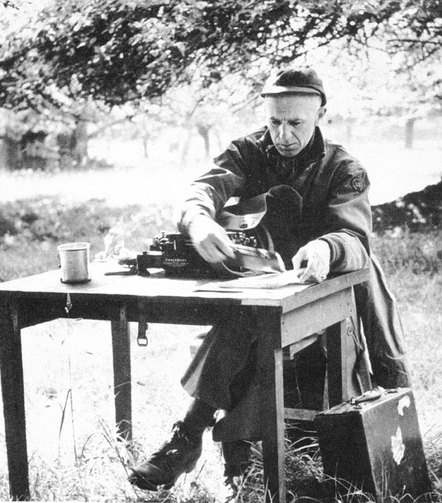
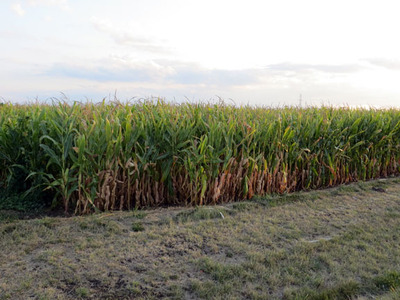
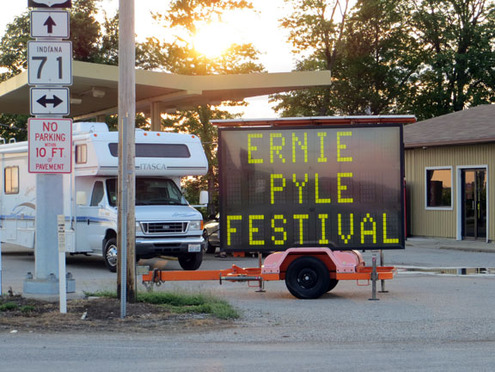
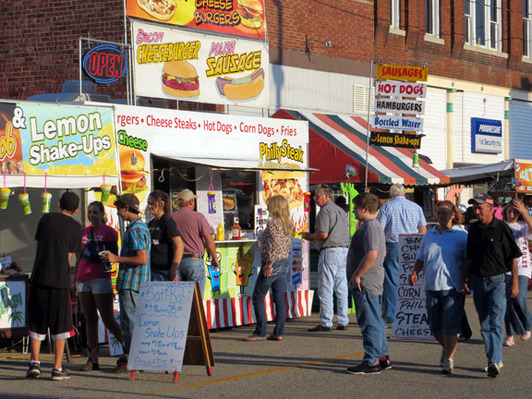
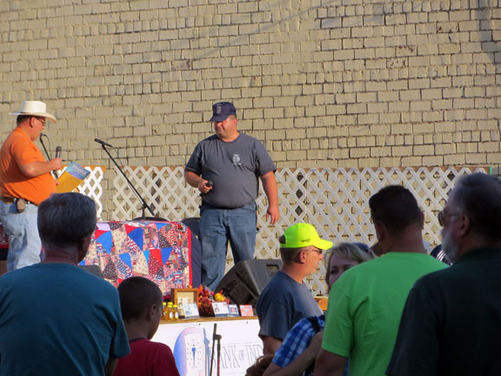
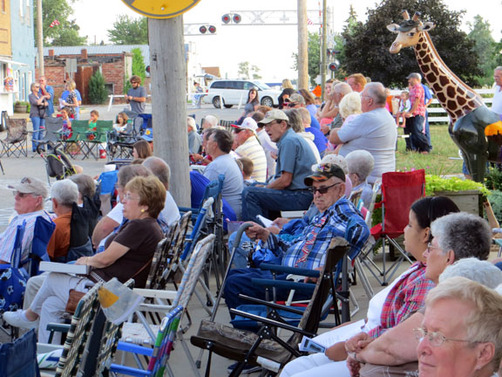
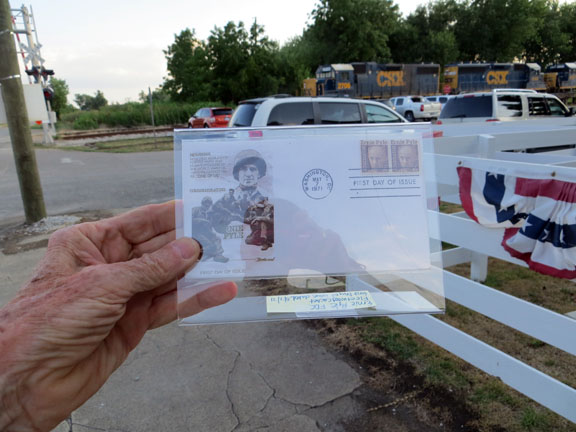
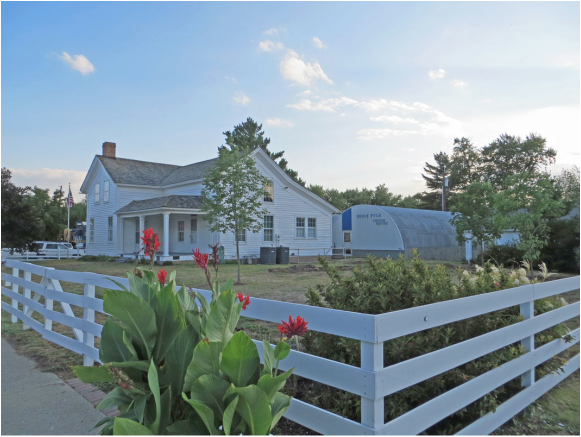
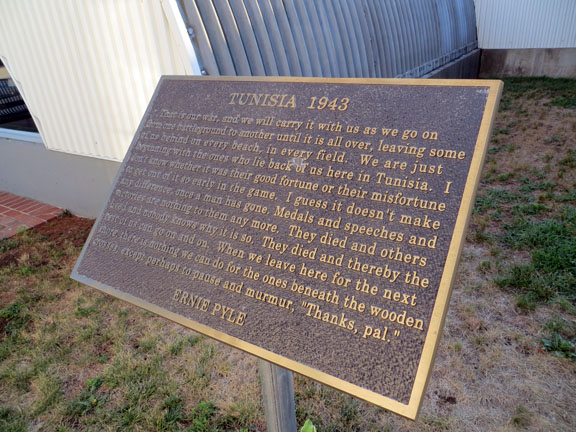
 RSS Feed
RSS Feed